
Explore the World of Meiofauna
Discover the fascinating diversity of meiofauna across the globe.
Rated 5 stars by readers
★★★★★
About the book
Discover the fascinating world of meiofauna through our comprehensive book, showcasing diverse species and their habitats across the globe.
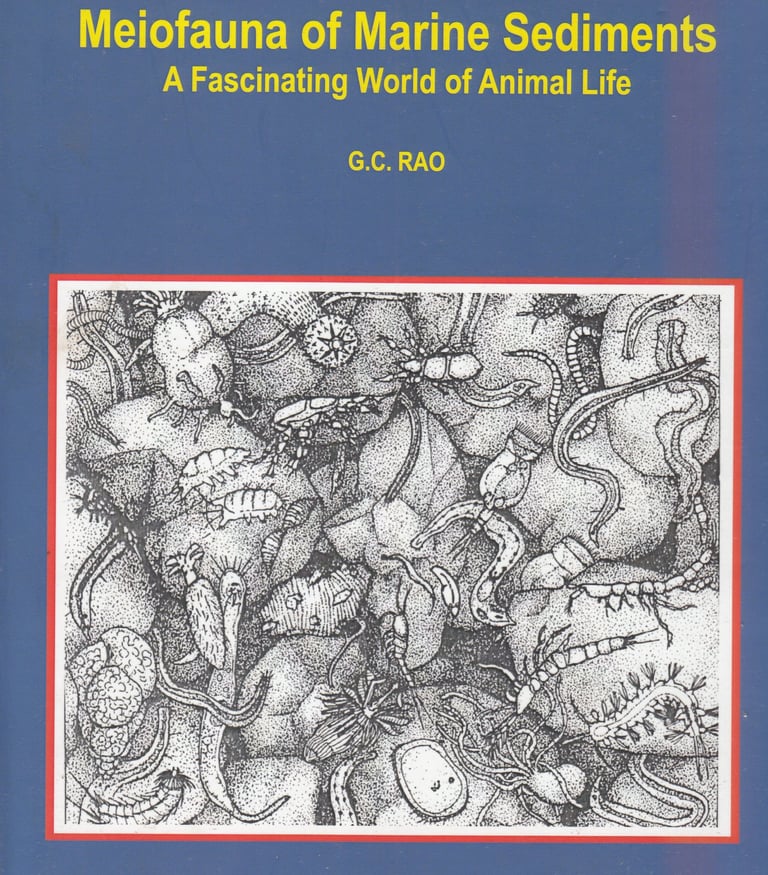

32
2220
Species
Groups
340
1260
Families
Genera
Meiofauna Gallery
Explore the wonders of meiofauna from around the globe.
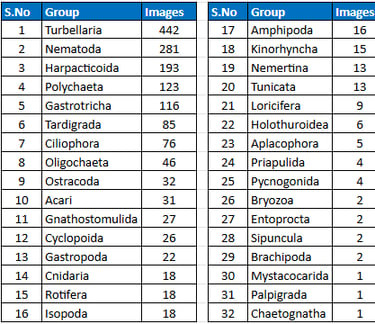

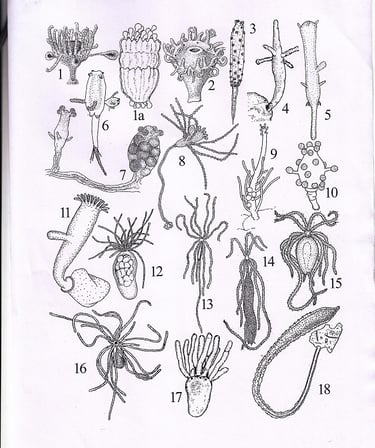

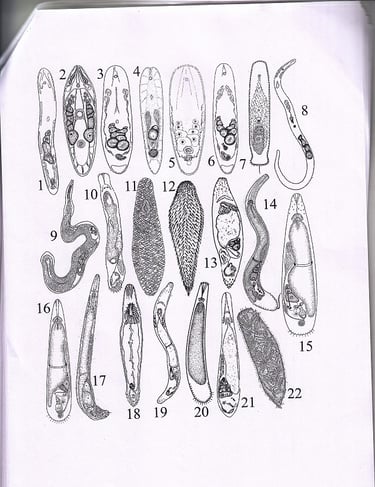

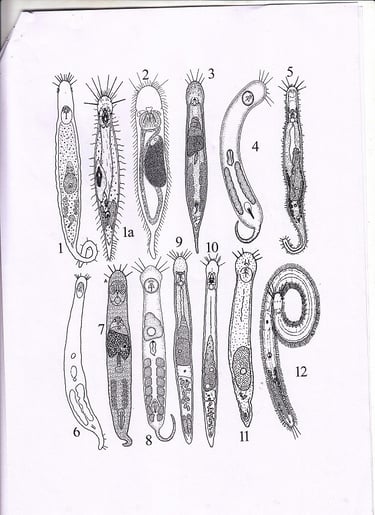

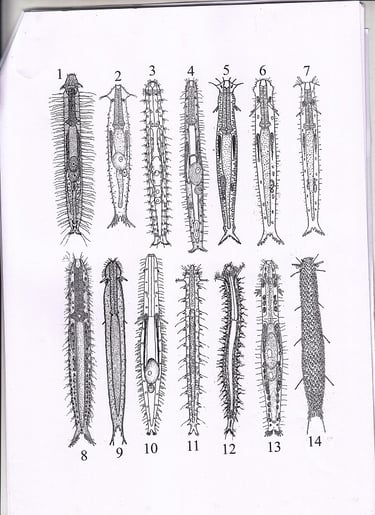

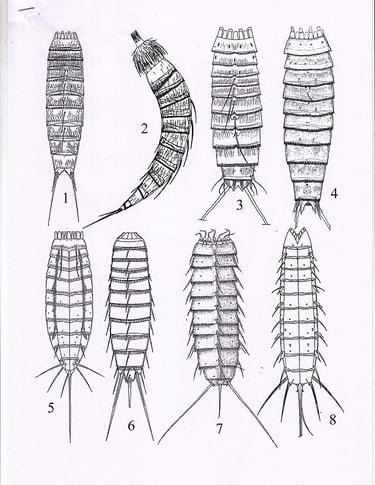

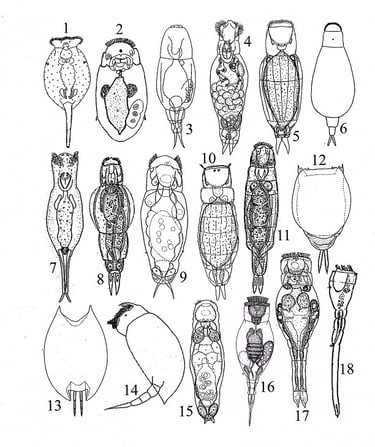

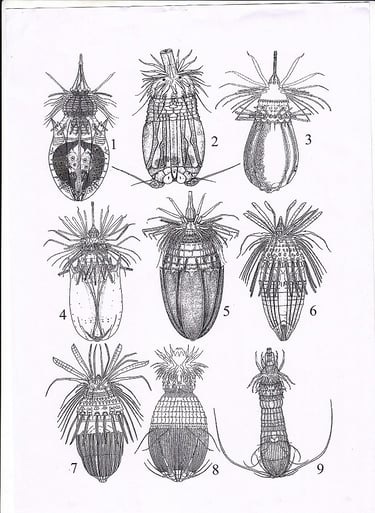


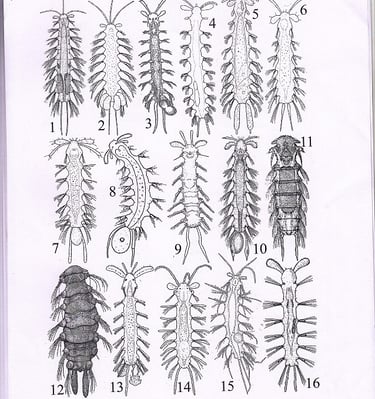
Explore Meiofauna
Discover the fascinating world of meiofauna through our comprehensive global book resource.
About the author
Dr. G.C. Rao was born in 1938 in Guntur district from Andhra Pradesh. With a brilliant academic career all through his student life, he obtained Ph.D. degree from Andhra University during 1964, submitting thesis on marine interstitial fauna inhabiting the beach sands of Waltair Coast. One of the 3 examiners of his thesis, the renowned nematologist Prof. Sebastian A. Gerlach, Kiel University, complimented that the author worked on so many groups of animals which no one did in the history of zoology excepting the early periods of Aristotle and Linnaeus. Dr. Rao worked at Zoological Survey of India for over 3 decades during 1965-96 on taxonomy, ecology and distribution of meiofauna of marine sediments of the seas around India, including Lakshadweep and Andaman-Nicobar Islands. These investigations resulted in the publication of over 100 research papers on the Indian fauna. After retirement, he very much wished to bring out a comprehensive and concise publication on the astonishing morphological diversity of meiofauna inhabiting marine sediments of the seas around the world. His wish has now been fulfilled with the publication of this historical work.
Why the book was conceived?
Intensive investigations on meiofauna of marine sediments of the seas around the world have made a remarkable contribution to systematic zoology during the twentieth century with discovery of many aberrant taxa new to science. The fauna comprising almost all the free-living groups of invertebrate animals from Ciliophora to Tunicata are highly modified to answer biological demands of this turbulent environment. Accordingly, diverse groups of animals showed similar structural modifications, presenting an excellent example of ecological convergence in evolution. Thus, the fauna exhibits astonishing morphological diversity, but there is yet no consolidated publication on it. In the circumstances, the author prepared a comprehensive and concise work dealing with meiofauna comprising about 32 groups, 340 families, 1260 genera and 2220 species, a first of its kind in the history of marine zoology. As a picture is worth a thousand words, available full figures of all the species are given with a brief description of diagnostic features to help their identification. It is earnestly hoped that this work would be quite useful in understanding the basic diversity of meiofauna at a glance and inspire further research in this field. As such, the book definitely deserves a place on the library shelf of all international institutions of higher learning interested in the study of these strange creatures.

Contact Us
Reach out for inquiries to know more about this unique initiative